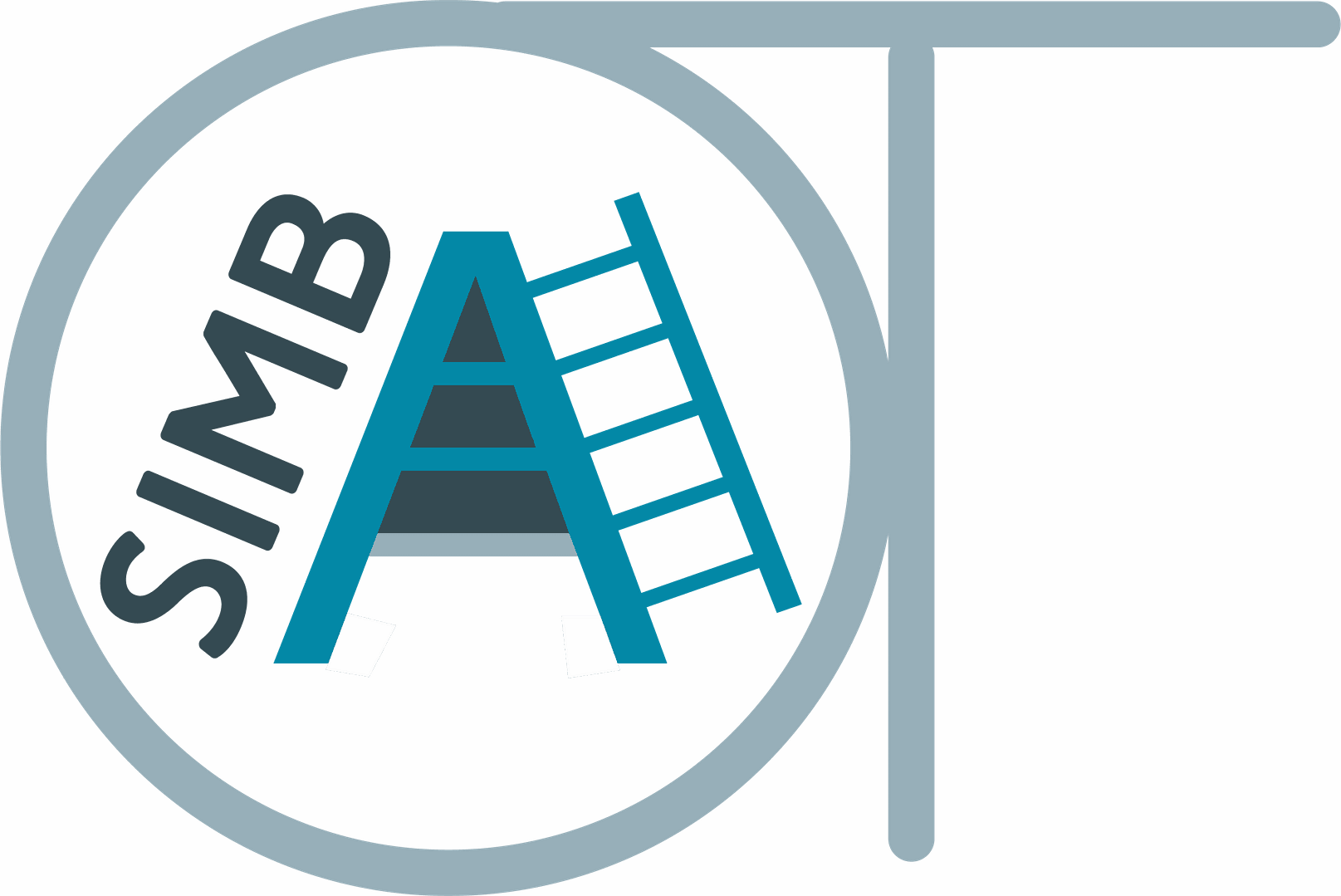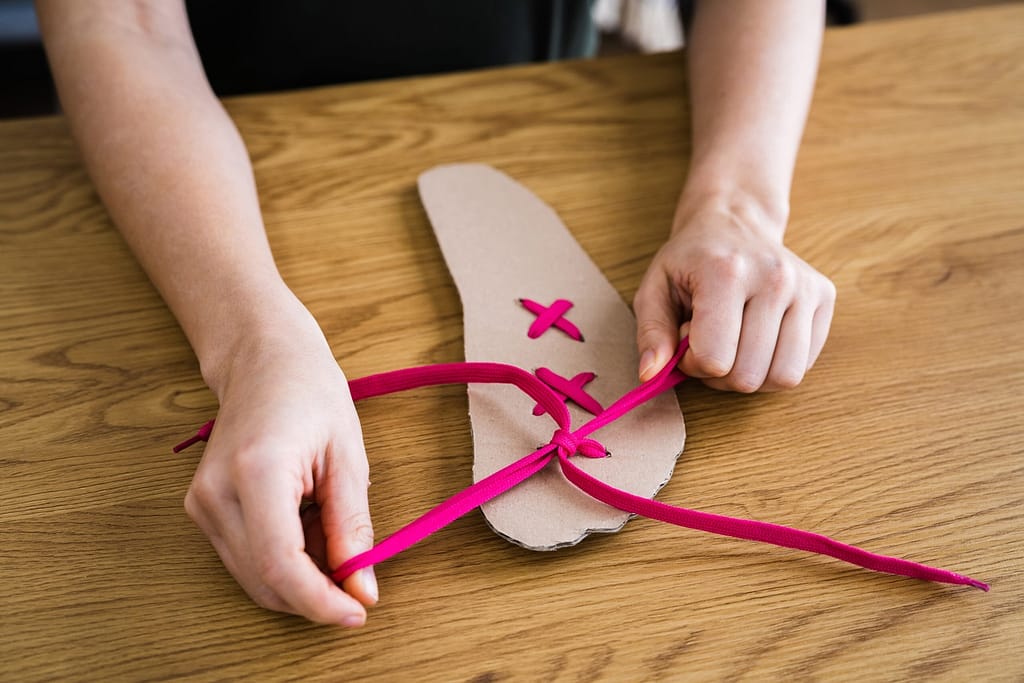The systematic use of simulation teaching in occupational therapy training is still marginal. The new international SIMBA project (Simulation-based learning in Occupational Therapy Education) will strengthen and develop the model and content of simulation-based learning in occupational therapy education.
What would it feel like to face a challenging interaction situation or a client situation requiring complex decision-making without experience or training, during a traineeship or transition to work? Certainly not very comfortable. Often, challenging situations take you by surprise, and that’s where previous training and experience – perhaps through simulation – could be helpful.
Simulation has been used in health and social care education to train clinical decision-making, interaction situations, multi-professional working and other skills, such as nursing interventions. One of the best-known simulated learning situations is probably the practice of CPR with the Anne doll, developed in Sweden in the 1960s.
Simulation teaching can be implemented in a number of ways
Simulation-based learning can include simulated planned scenarios, i.e. client situations, in a built or virtual environment. The simulation used in teaching can also be a game-based simulation, where the game is built around, for example, an event that is as realistic as possible, a storyline and a professional role that the player takes on.
Simulated learning situations can reduce the gap between theory and practice
Through simulation learning, practical situations can be rehearsed in a safe space – the simulation can be repeated or interrupted, and the learning experience can be shared. Simulated learning situations can reduce the gap between theory and practice. The aim is to link the theory learned to practical situations.
Simulation can provide a natural link between several learning modules, other learning and teaching. For simulation teaching, it is important that simulation situations are well planned in advance and that learning is reinforced after the situation, for example, by debriefing and feedback.
Simulations in education through an international project
The new SIMBA project will strengthen the learning of occupational therapists by making simulation teaching a more integral part of their training. The international project, which started in December 2022, involves four partner countries in addition to Finland: Belgium, Turkey, Austria and Croatia.
The Erasmus+-funded project will develop a model for simulation learning and aim to integrate it into the different phases of OT studies. During the project, a framework for simulation learning, competences and assessment in occupational therapy training will be established. The final outcome will be the production of an assessment methodology for simulation learning and a freely accessible learning platform for online use. The project will also develop 15 different structured digital or classroom scenarios and a manual for simulation situations.
Simulation learning will strengthen the effectiveness and client-orientation of occupational therapy. Through simulation, students can practice skills such as critical thinking and decision-making, as well as explore diverse social phenomena linked to different occupational therapy client situations.
Simulation can be used at different stages of studies, adapting it to professional growth and skills as studies progress. The use of new methods in training also supports students’ different learning styles.
Student's ideas on simulation learning
As teachers, we use different forms of case work alongside theory-based teaching. The most familiar of these to students is probably a customer situation described on paper, which the student solves alone or with other students. Although useful, this exercise does not fully reflect the reality of therapy situations, where many things are at play.
Experiences with simulation learning are positive in terms of learning outcomes.
Interaction plays a big role in the success of therapy work. Equally important is the therapist’s self-reflective skills, both of which can be practised through simulation exercises. The therapists of the future will increasingly be required to be able to work with people from different backgrounds.
Minna Kivi, an occupational therapy student, explains:
I think that simulation can provide a great opportunity for learning, reflection and team learning in future studies. After the simulation exercise, I could ask a friend what he thought about the situation and how he would have acted. I could then have two different ideas and memories of what to do if a similar tricky situation arose in training or at work.
Studies show that the experience of simulation learning is so far positive in terms of learning outcomes. However, more information is needed in the future on how the learning outcomes are translated into practice and on the longer-term learning outcomes.
Anu Kuikkaniemi
Senior Lecturer, SIMBA project manager in Turku UAS
Heli Arokki
Lecturer, SIMBA project expert in Turku UAS
Minna Kivi
Occupational therapy student at Turku UAS


